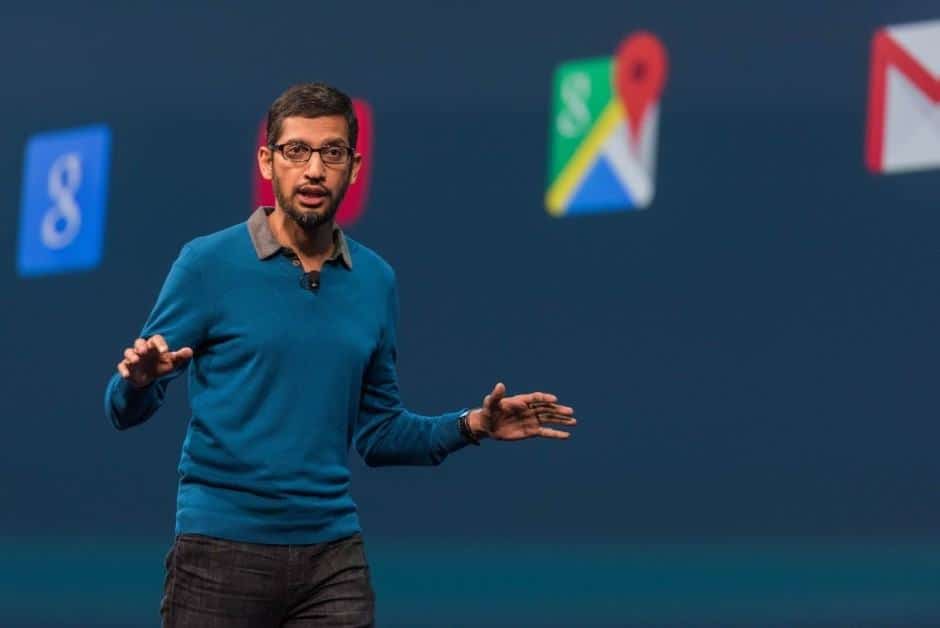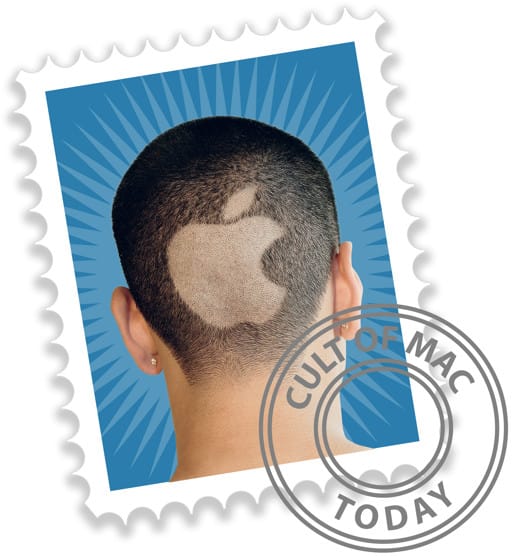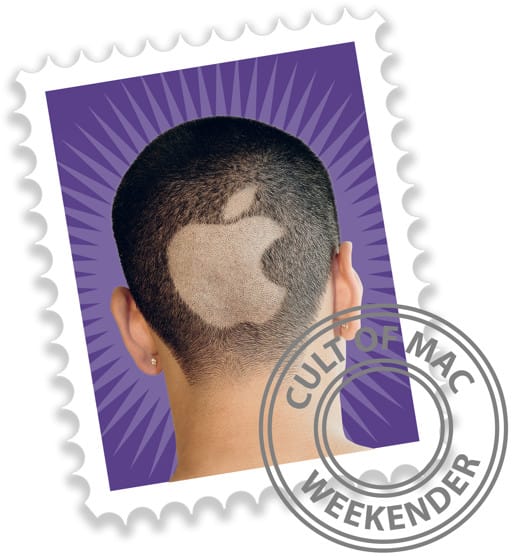Google I/O 2018 kicks off in less than an hour.
There’s loads to look forward to this year, including an update on Android P, and previews of what’s to come for Chrome, the Google Assistant, Android Auto, and more. The recently-rebranded Wear OS may also get some much-needed attention.
Google is live-streaming its big keynote, which kicks off at 10 a.m. Pacific. If you can’t tune in, follow our live blog below to stay up to date with everything that’s happening in Mountain View.
We’ve already outlined five big things we expect from this year’s I/O keynote — but there will be plenty of surprises in store. And it’s worth following along even if you’re not a fan of Android; the things Google unveils today could shape the future of smartphones, wearables, and more!
Join us in the live blog below so you don’t miss out!


